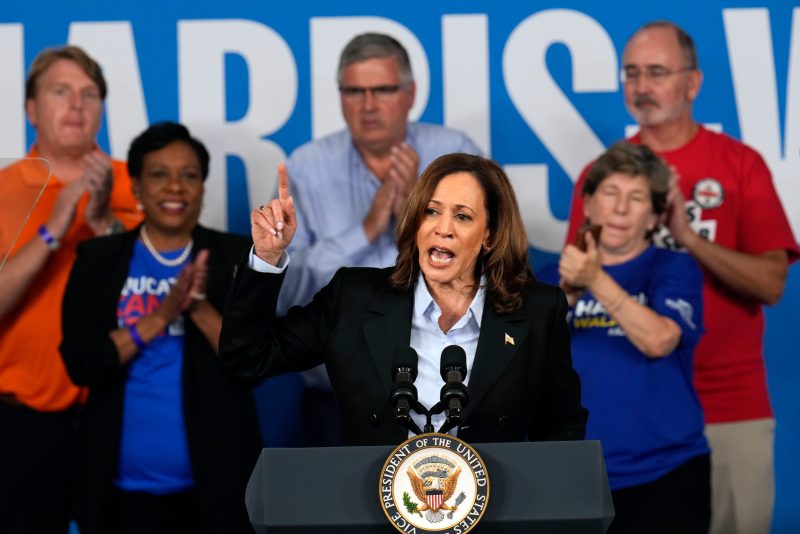In recent years, politicians have increasingly recognized the pivotal role of union voters in shaping electoral outcomes. Kamala Harris, the Vice President of the United States, recently made a strategic pitch to union voters in Blue Wall states, underscoring the importance of their support. This move by Harris underscores the crucial role that organized labor plays in American politics and sheds light on the evolving dynamics within the Democratic Party.
Harris’ outreach to union voters in Blue Wall states signals a concerted effort by the Democratic Party to secure these key demographics for future elections. The Blue Wall states, traditionally strongholds for Democrats, have seen shifts in voter demographics and political allegiances in recent years. By targeting union voters in these states, Harris aims to reaffirm the party’s connection to its working-class base and secure support in crucial battlegrounds.
Union voters have long been a significant voting bloc, wielding considerable influence in elections with their collective bargaining power and mobilization capabilities. Harris recognizes the importance of engaging with these voters and addressing their concerns, such as economic stability, job security, and worker rights. By emphasizing her commitment to supporting unions and advocating for pro-worker policies, Harris seeks to cultivate trust and build a strong rapport with union members.
Furthermore, Harris’ pitch to union voters reflects a broader shift within the Democratic Party towards prioritizing the needs and interests of the working class. As income inequality and economic disparities continue to widen, Democrats are increasingly focusing on championing policies that benefit working families and elevate the voices of marginalized communities. Harris’ outreach to union voters aligns with this overarching narrative of economic justice and social equity, positioning the Democratic Party as a champion of labor rights and economic empowerment.
The union vote has proven to be a decisive factor in elections, particularly in battleground states where margins of victory are slim. By courting union voters in Blue Wall states, Harris is not only seeking to solidify Democratic support but also to edge out competing candidates vying for the same demographic. The intersection of labor politics and electoral strategy underscores the intricate dance of coalition-building and voter outreach that shapes modern political campaigns.
In conclusion, Kamala Harris’ pitch to union voters in Blue Wall states represents a strategic move to secure critical support for the Democratic Party. By recognizing the significance of the union vote and appealing to working-class concerns, Harris is laying the groundwork for future electoral success. As the political landscape continues to evolve, the role of organized labor in shaping electoral outcomes remains as pivotal as ever, underscoring the enduring relevance of union voters in American politics.

